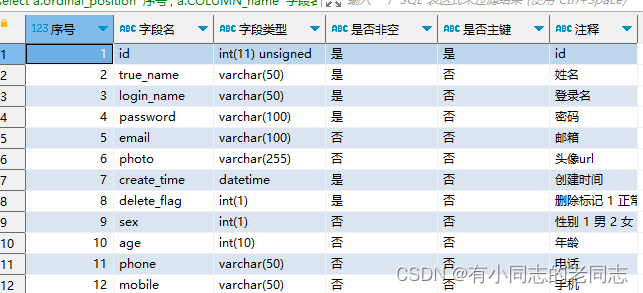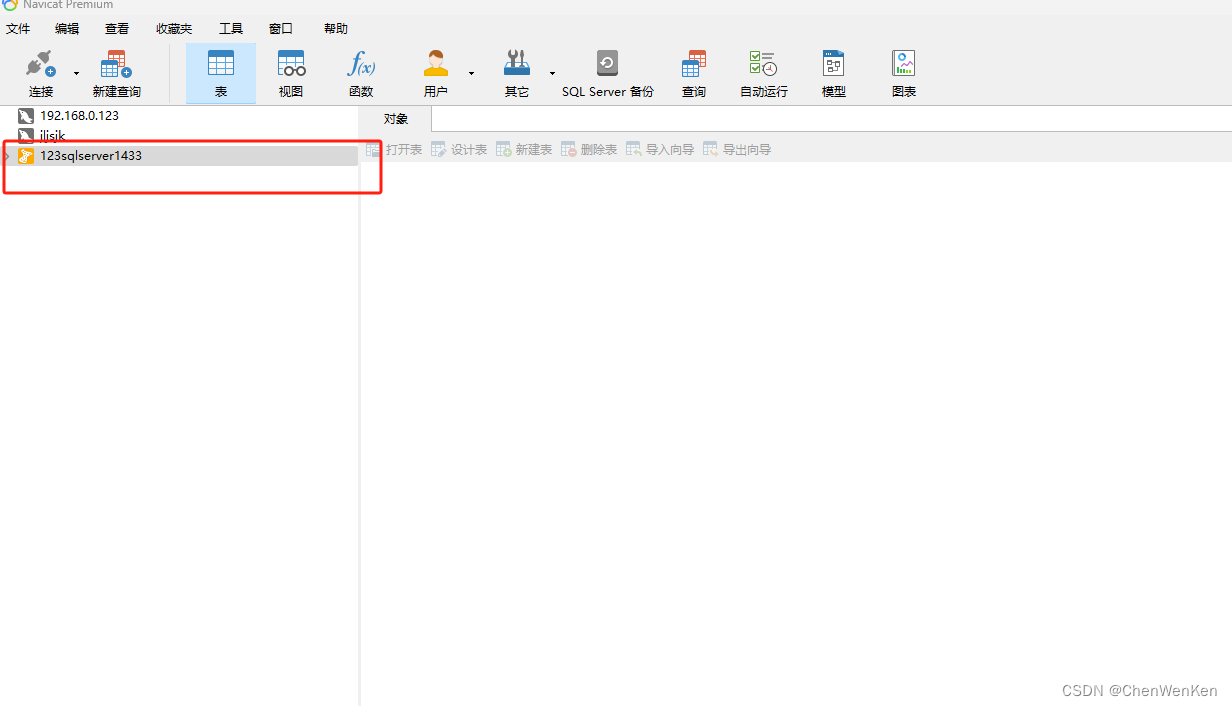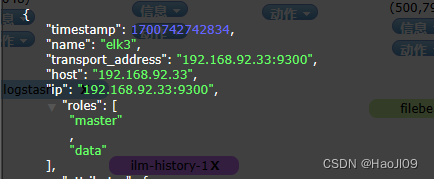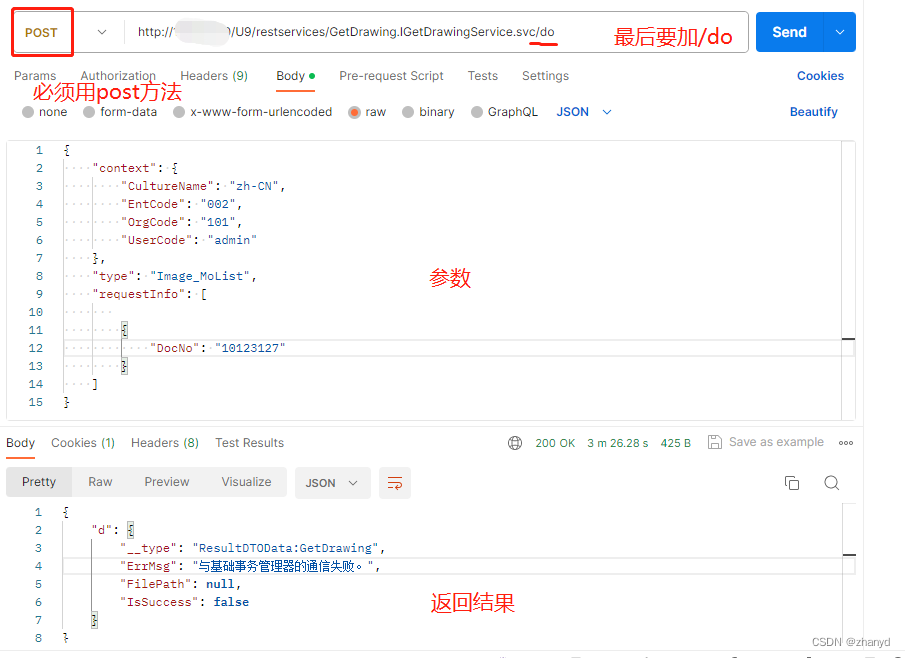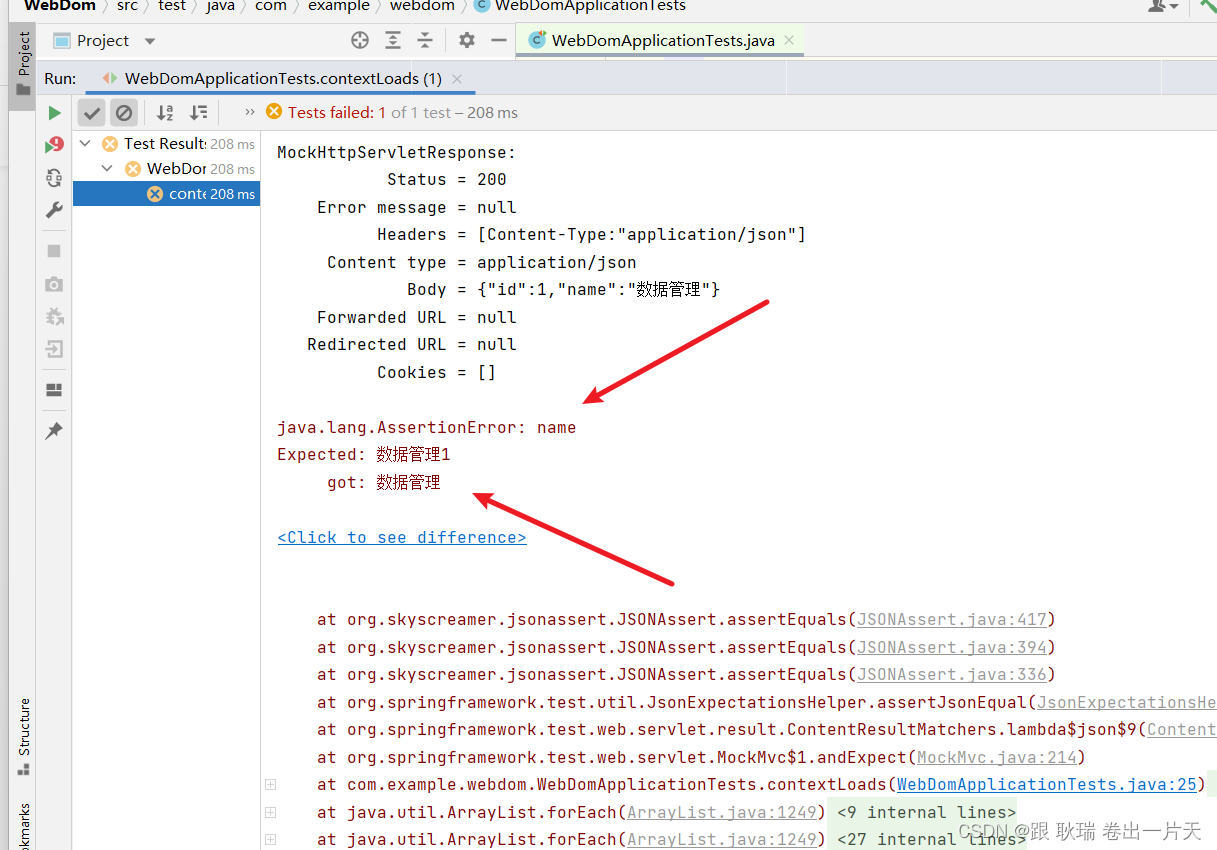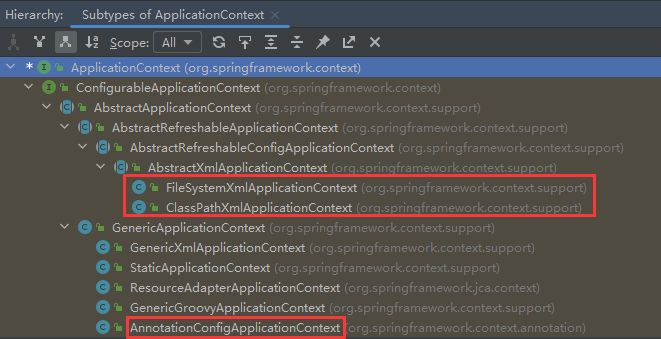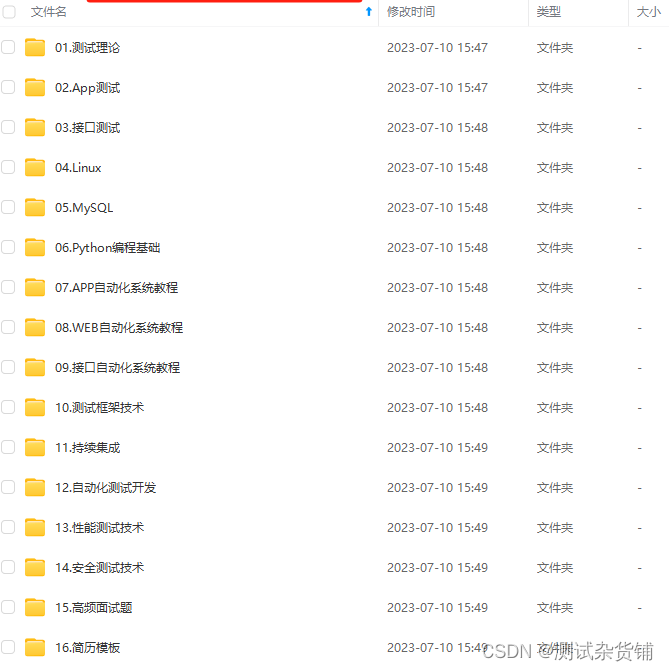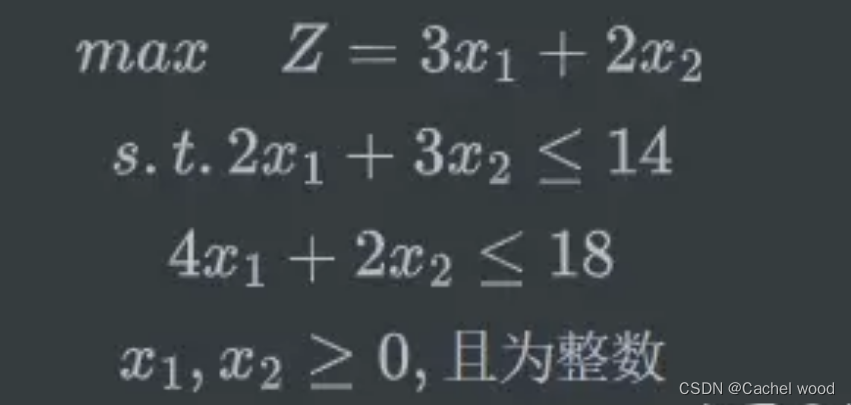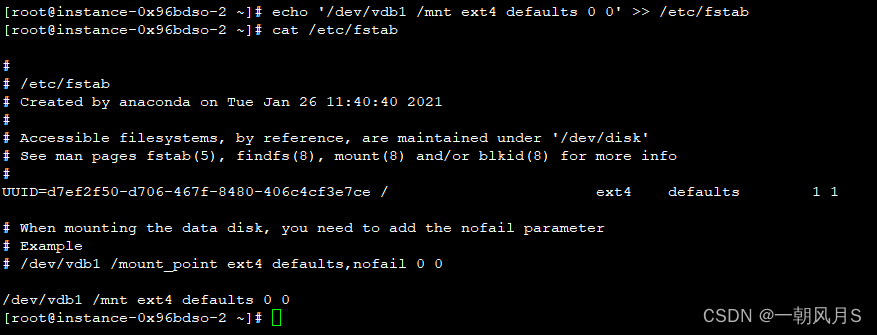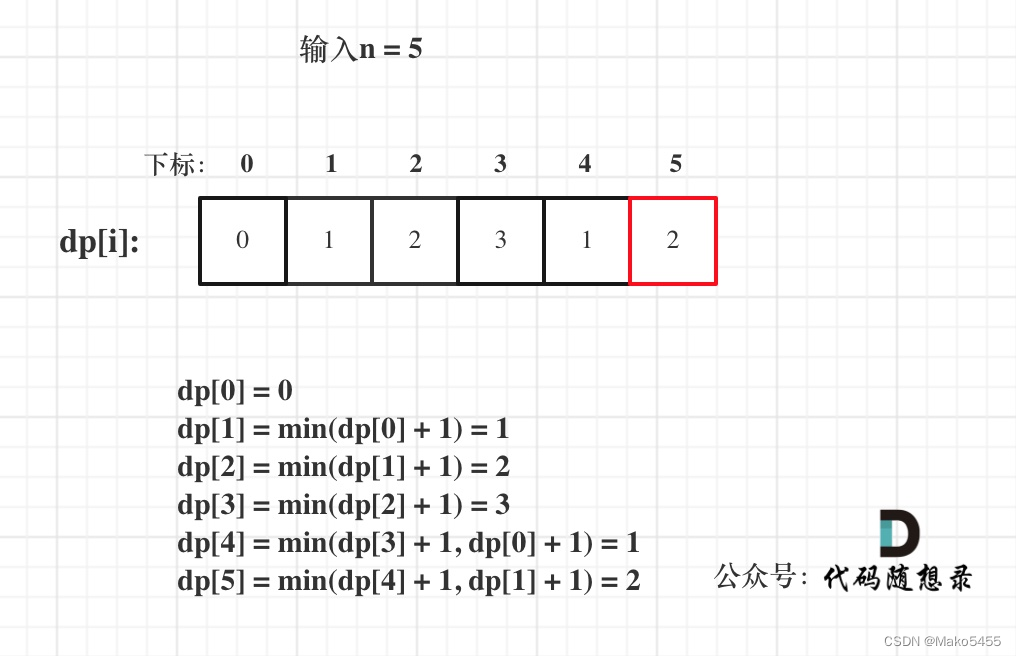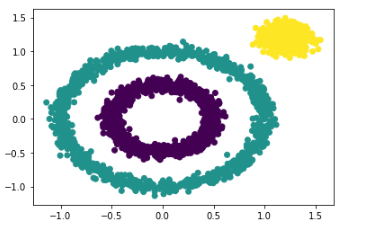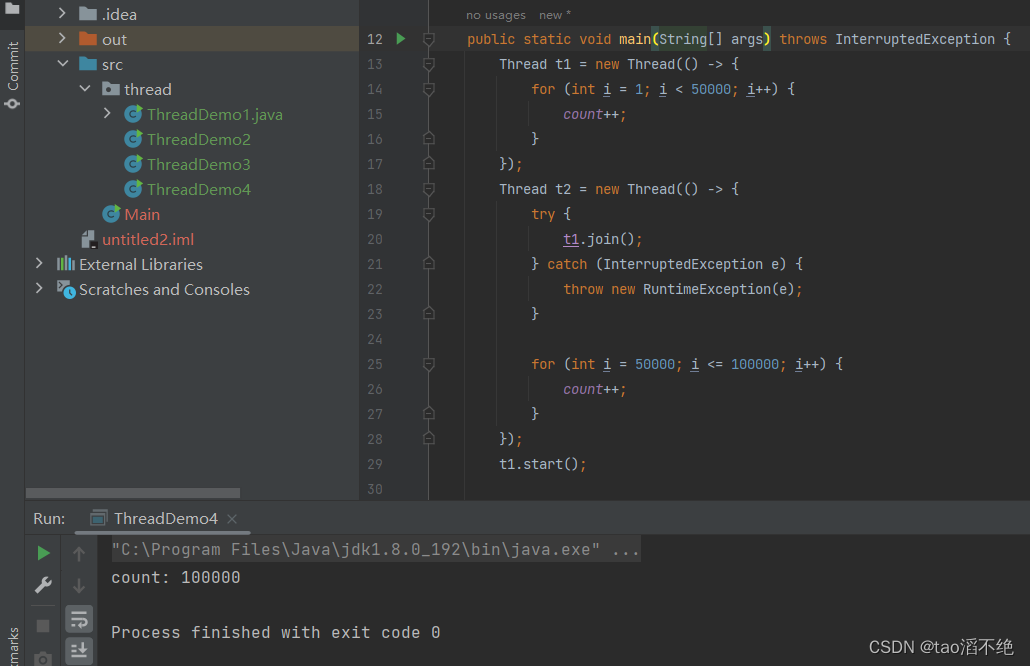文章目录
- 1. 什么是动态sql
- 2. 动态sql之`<if>`
- 3. 动态sql之`<where>`
- 4. 动态sql之`<foreach>`
- 5. sql片段抽取
此篇的代码基于 【Spring集成MyBatis】MyBatis的Dao层实现(基于配置,非注解开发)续写
1. 什么是动态sql
MyBatis映射文件中的SQL都比较简单,有时当业务逻辑复杂时,SQL是动态变化的,此时在前面学的简单SQL就无法满足需求了。
具体地说,假如我的数据库中有id,username,password三个字段,假如我想查询username=xxx的所有用户信息时候,查询语句是:
select * from user where username=xxx,
当我想查询username=xxx且password=xxx的所有用户信息时,查询语句是:
select * from user where username=xxx and password=xxx
这两者的共通之处就是,username和password其实都是User里面的的一个属性,假如我的输入以User为条件,而不是以string为条件,让SQL语句自动去判断我要根据什么查询(有username根据username查询,有password根据password查询,有username和password时根据二者共同查询)
如果我写的是select * from user where id=#{id} and username=#{username} and password=#{password},此时sql语句等效为图中红字部分:

但是这不是我们理想的效果,我们想的是,当password=""时,语句自动变为:
select * from user where id=#{id} and username=#{username}
这时候,就无法查询出结果,如果我们想要查询出结果,就需要使用动态sql去实现
2. 动态sql之<if>
如果有if语法,我们就可以很好地拼接SQL语句,假如id != 0,就写 id=#{id},假如username="",就写username=#{username},依此类推
<?xml version="1.0" encoding="UTF-8" ?>
<!DOCTYPE mapper PUBLIC "-//mybatis.org//DTD Mapper 3.0//EN" "http://mybatis.org/dtd/mybatis-3-mapper.dtd">
<mapper namespace="com.example.demo.dao.UserMapper">
<select id="findByCondition" parameterType="user" resultType="user">
select * from user where 1=1
<if test="id!=0">
and id=#{id}
</if>
<if test="username!=null">
and username=#{username}
</if>
<if test="password!=password">
and password=#{password}
</if>
</select>
</mapper>
<if>标签里的test写的就是判断,再次运行测试代码,仍能够查询出结果:
package com.example.demo.service;
import com.example.demo.dao.UserMapper;
import com.example.demo.domain.User;
import org.apache.ibatis.io.Resources;
import org.apache.ibatis.session.SqlSession;
import org.apache.ibatis.session.SqlSessionFactory;
import org.apache.ibatis.session.SqlSessionFactoryBuilder;
import java.io.IOException;
import java.io.InputStream;
import java.util.List;
public class ServiceDemo {
public static void main(String[] args) throws IOException {
InputStream inputStream = Resources.getResourceAsStream("sqlMapConfig.xml");
SqlSessionFactory sqlSessionFactory = new SqlSessionFactoryBuilder().build(inputStream);
SqlSession sqlSession = sqlSessionFactory.openSession();
UserMapper userMapper = sqlSession.getMapper(UserMapper.class);
// 模拟条件user
User condition = new User();
condition.setId(0);
condition.setUsername("aaa");
List<User> userList = userMapper.findByCondition(condition);
System.out.println(userList);
}
}
结果:

3. 动态sql之<where>
上面为了保证在无条件的时候不报错、也能够查询,我们还多写了一个where 1=1
为了使得代码更优雅,即有需要写的where时写上where,无需where时不写,还可以修改如下:
<?xml version="1.0" encoding="UTF-8" ?>
<!DOCTYPE mapper PUBLIC "-//mybatis.org//DTD Mapper 3.0//EN" "http://mybatis.org/dtd/mybatis-3-mapper.dtd">
<mapper namespace="com.example.demo.dao.UserMapper">
<select id="findByCondition" parameterType="user" resultType="user">
select * from user where 1=1
<where>
<if test="id!=0">
and id=#{id}
</if>
<if test="username!=null">
and username=#{username}
</if>
<if test="password!=password">
and password=#{password}
</if>
</where>
</select>
</mapper>
4. 动态sql之<foreach>
假如我们想查询id=1或者id=2或者id=3…的:
select * from user where id=1 or id=2 or id=3
select * from user where id in(1, 2, 3)
这时候我们可能就需要用到循环
在XML文件中:
<select id="findByIds" parameterType="list" resultType="user">
select * from user
<where>
<foreach collection="list" open="id in(" close=")" item="id" separator=",">
#{id}
</foreach>
</where>
</select>
其中,foreach中的:
collection指定遍历的类型,如果是列表就写list,如果是数组就写array
open写的是开始的内容
close写的是结束的内容
item里边是循环中当前的元素
seperator写的是分隔符
在接口里需要添加上该方法:
public List<User> findByIds(List<Integer> ids);
在测试类中:
List<Integer> ids = new ArrayList<Integer>();
ids.add(0);
ids.add(1);
List<User> userList = userMapper.findByIds(ids);
这样结果为id=0和id=1的数据:

5. sql片段抽取
Sql中可以将重复的sql提取出来,使用时通过include引用即可,最终达到Sql重用的目的
例如,我们原本有以下文件:
<?xml version="1.0" encoding="UTF-8" ?>
<!DOCTYPE mapper PUBLIC "-//mybatis.org//DTD Mapper 3.0//EN" "http://mybatis.org/dtd/mybatis-3-mapper.dtd">
<mapper namespace="com.example.demo.dao.UserMapper">
<select id="findByCondition" parameterType="user" resultType="user">
select * from user
<where>
<if test="id!=0">
and id=#{id}
</if>
<if test="username!=null">
and username=#{username}
</if>
<if test="password!=password">
and password=#{password}
</if>
</where>
</select>
<select id="findByIds" parameterType="list" resultType="user">
select * from user
<where>
<foreach collection="list" open="id in(" close=")" item="id" separator=",">
#{id}
</foreach>
</where>
</select>
</mapper>
其中,两个语句都包含select * from user
那么,我们就使用以下语法抽取sql片段简化编写(sql标签):
<sql id="selectUser">select * from user</sql>
然后使用inclue标签进行引用,refid中写对应sql片段的id:
<include refid="selectUser"></include>
所以以上代码可改写为:
<?xml version="1.0" encoding="UTF-8" ?>
<!DOCTYPE mapper PUBLIC "-//mybatis.org//DTD Mapper 3.0//EN" "http://mybatis.org/dtd/mybatis-3-mapper.dtd">
<mapper namespace="com.example.demo.dao.UserMapper">
<sql id="selectUser">select * from user</sql>
<select id="findByCondition" parameterType="user" resultType="user">
<include refid="selectUser"></include>
<where>
<if test="id!=0">
and id=#{id}
</if>
<if test="username!=null">
and username=#{username}
</if>
<if test="password!=password">
and password=#{password}
</if>
</where>
</select>
<select id="findByIds" parameterType="list" resultType="user">
<include refid="selectUser"></include>
<where>
<foreach collection="list" open="id in(" close=")" item="id" separator=",">
#{id}
</foreach>
</where>
</select>
</mapper>


